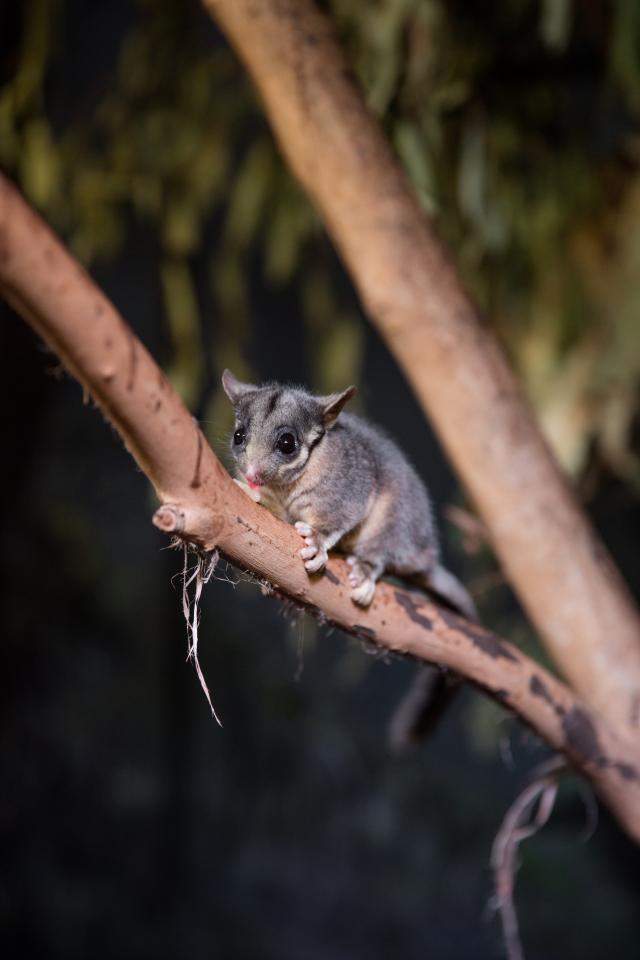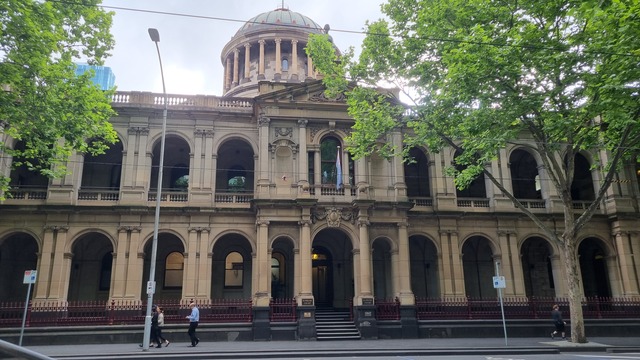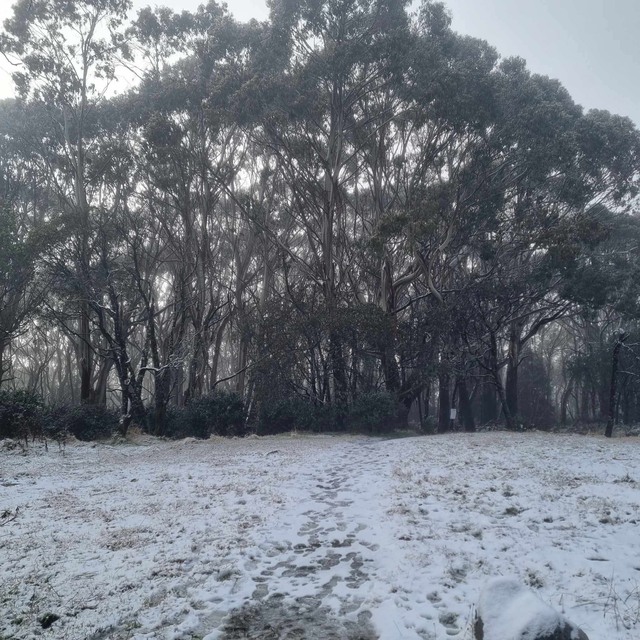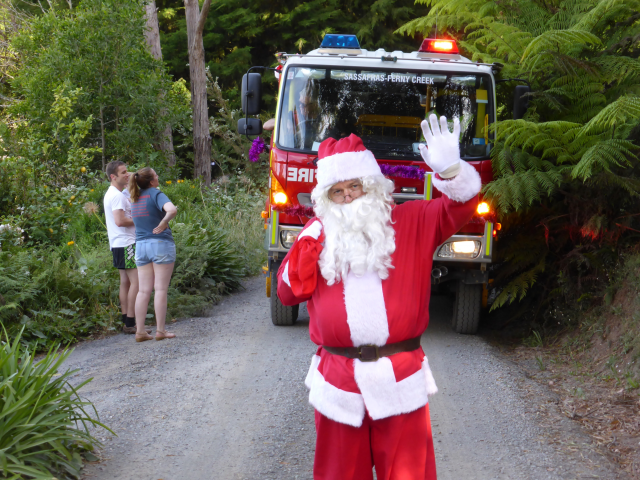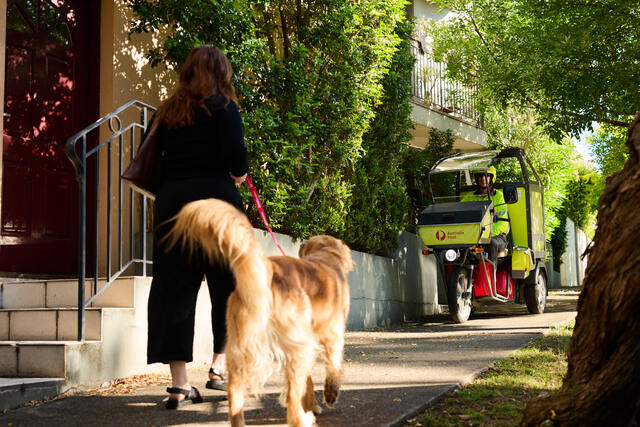A new study from Griffith University’s Centre for Planetary Health and Food Security, with WWF-Australia and the University of Queensland, has estimated that preventing the extinction of 99 of Australia’s 110 priority species would cost $15.6 billion per year for 30 years.
The Australian Government has a commitment to reverse the decline of the 110 animals on the priority species list, including the Leadbeater’s Possum found in the Yarra Ranges, but researchers are calling for ‘increased funding to combat threats such as habitat destruction, invasive species and climate change.’
Lead author Dr Michelle Ward said while the annual $15.6 billion could prevent the imminent extinction of many threatened species, there were some species, including many frogs, which were found to be non-recoverable, largely due to climate change.
“Species such as Mountain-top Nursery Frog and Swan Galaxias were found to be of real concern and need active ex-situ conservation,” Dr Ward said.
“The cost to reverse the decline of priority species and undo damage done by habitat loss, disease and other threats was estimated at $103.7 billion annually, while getting them off the threatened list entirely would require $157.7 billion per year.”
Australia’s conservation record is poor with over 100 endemic (native and restricted to a certain place or ecosystem) species having gone extinct in the past three centuries.
Dr Romola Stewart, a co-author and WWF-Australia’s Head of Evaluation and Science, said the paper highlighted the true cost of ineffective nature laws and inadequate species funding.
“Australia’s ever-growing list of threatened species is a direct result of decades of underspending,” she said.
“Turning this tragedy around will take a dramatic increase in action and investment. This is achievable for a wealthy nation like Australia,”
“If we fail to put our wildlife and wild places on a path to recovery, our economy and environment will suffer, and we will see more species silently slide towards extinction.”
While the expenditure is large, the cost of saving these species could be further justified through broader benefits of conservation investment, with the study suggesting that there would be ‘co-benefits to 43 per cent of all other threatened species and improved ecosystem services essential for human wellbeing.’
Dr Ward said the natural world is undergoing profound change.
“Biodiversity loss and ecosystems collapse is ranked by the World Economic Forum as the second most significant global risk over the next decade, with 50 per cent of the global economy dependent on nature,” she said.
“There is merit in the Australian Government’s commitment, but urgent action is needed.”
As well as the Leadbeater’s Possum, the Eltham Copper Butterfly and Growling Grass Frog which can be found in the Yarra Ranges are on the priority species list.
President of the Friends of the Leadbeater’s Possum group Steve Meacher said this paper, coming alongside the Prime Minister’s announcement that he is dropping the Nature Positive laws, highlights the bipartisan political neglect of the environment that we have suffered for far too long.
“The Commonwealth boasts a policy of Zero Extinctions but has currently committed less than one-thousandth (0.08 per cent) of the amount required to halt the extinction of priority species,” he said.
“$15.6 billion per year may sound like a lot of money but is actually close to the amount currently being given to subsidise fossil fuel industries that are only making the environmental crisis worse,”
“It should also be considered alongside such commitments as the AUKUS agreement and the Stage 3 Tax cuts. The paper states that the cost of halting extinction is one per cent of GDP, Australian households spend around 2.2 per cent on alcohol.”
The study ‘The estimated cost of preventing extinction and progressing recovery for Australia’s priority threatened species’ has been published in the Proceedings of the National Academy of Sciences (PNAS).
Mr Meacher said the paper reports that habitat restoration was the key action required by most priority species.
“One of the most cost-effective actions that could be taken in the immediate future would be to create a new national park covering the forests of the Central Highlands, this would restore and protect habitat for Leadbeater’s Possum and many other species that share the tall wet forests,” “It would also protect the source of Melbourne’s drinking water and provide sequestration of carbon, our forests being the most carbon-dense on the planet and it would ensure that the forests persist for the recreation and enjoyment of future generations.”
The Australian and Victorian Governments partnered up to announce a ‘National recovery plan for Leadbeater’s possum’ which came into effect in March 2024. A ‘National Recovery Plan for the Southern Bell Frog’ (Growling Grass Frog) was implemented in 2012 and there is no specific national recovery plan for the Eltham Copper Butterfly.
Federal Minister for the Environment and Water Tanya Plibersek said Labor is investing more in the environment than any government in Australian history.
“This includes projects like restoring koala habitat, tackling invasive pests including yellow crazy ants and feral cats, and supporting local groups doing work on the ground to care for native plants and animals. But that’s not the only thing we are doing to protect nature,” she said.
“We’ve protected an extra 70 million hectares of Australia’s ocean and bush – an area bigger than Germany and Italy combined, we’ve doubled funding for national parks, we’ve rescued the Murray Darling Basin Plan, and we’ve approved enough renewable energy to power more than 8 million homes, just to name a few.”

